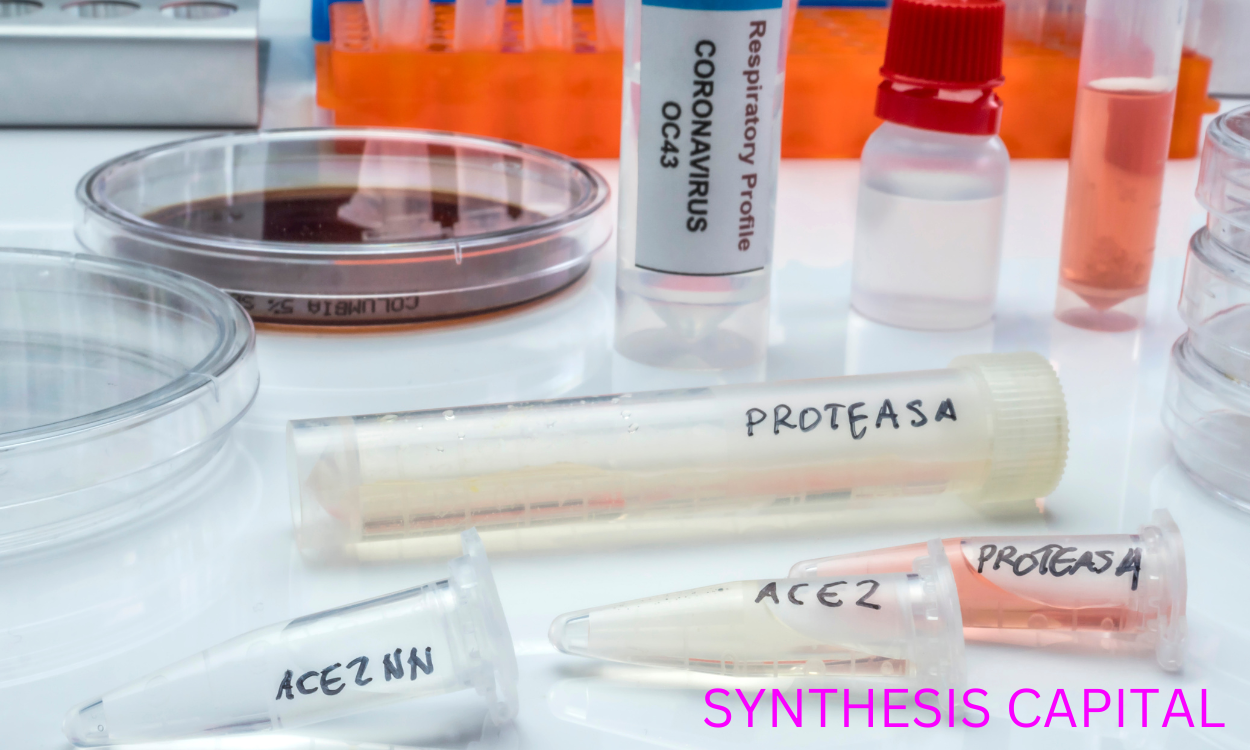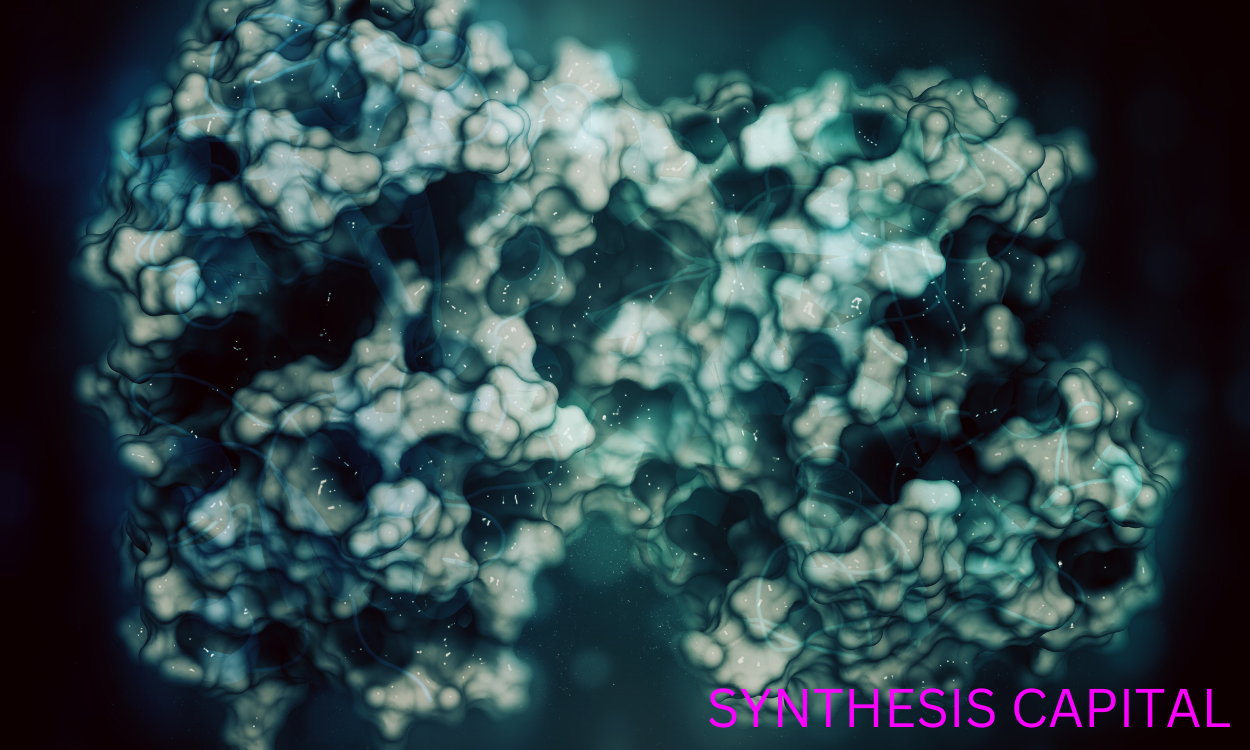Ribosomal RNA (rRNA) is an essential component of the ribosome, the cellular machinery responsible for protein synthesis. The biosynthesis of rRNA is a complex and tightly regulated process that occurs in the nucleolus of eukaryotic cells or the nucleoid region of prokaryotic cells. This involves the transcription of rRNA genes by RNA polymerase I, followed by processing and modifications to generate mature rRNA molecules. Understanding the intricate mechanisms involved in the biosynthesis of rRNA is crucial for elucidating the regulation of protein synthesis and its impact on cellular functions.
Key Enzymes in Ribosomal RNA Biosynthesis
The key enzymes involved in the biosynthesis of ribosomal RNA include RNA polymerase I, which transcribes the ribosomal DNA into a precursor ribosomal RNA known as 45S rRNA. This precursor molecule is then processed by enzymes such as endonucleases and exonucleases to remove non-functional sequences and generate the mature 18S, 5.8S, and 28S rRNAs that make up the small and large subunits of the ribosome. Additionally, enzymes like methyltransferases modify specific nucleotides in the rRNA to ensure proper ribosome function and stability. Overall, these enzymes play crucial roles in regulating the production and maturation of ribosomal RNA, which is essential for protein synthesis and cell growth.

How is transcription of ribosomal RNA different from other types of RNA?
Transcription of ribosomal RNA (rRNA) is different from other types of RNA because it involves the synthesis of large precursor molecules that are subsequently processed into smaller functional rRNAs. This process occurs in the nucleolus and involves the transcription of a single gene that gives rise to multiple rRNA molecules, which are essential components of ribosomes. In contrast, messenger RNA (mRNA) and transfer RNA (tRNA) are transcribed from individual genes and do not undergo the same level of processing as rRNA. Additionally, rRNA molecules play a structural role in ribosomes, whereas mRNA carries genetic information for protein synthesis and tRNA assists in bringing amino acids to the ribosome during translation.
What role do ribosomal proteins play in the biosynthesis of ribosomal RNA?
Ribosomal proteins play a crucial role in the biosynthesis of ribosomal RNA by aiding in the assembly and functioning of ribosomes. These proteins bind to specific regions of the RNA molecule, stabilizing its structure and promoting proper folding. Additionally, ribosomal proteins are involved in the processing and modification of ribosomal RNA, ensuring that it matures into a functional component of the ribosome. Through their interactions with ribosomal RNA, these proteins contribute to the accurate and efficient synthesis of new ribosomes, which are essential for protein production within cells.
How is the regulation of ribosomal RNA synthesis controlled within the cell?
The regulation of ribosomal RNA synthesis within the cell is controlled through a complex network of signaling pathways and regulatory mechanisms. This process involves various factors, such as transcription factors, RNA polymerase enzymes, and ribosomal proteins, which work together to ensure the precise and coordinated production of ribosomal RNA molecules. Additionally, environmental cues, cellular stressors, and growth signals can influence the activity of these regulatory factors, allowing the cell to adjust ribosomal RNA synthesis in response to changing conditions. Overall, the tight control of ribosomal RNA synthesis is crucial for maintaining proper cellular function and protein production.
Are there any specific factors that can influence the rate of ribosomal RNA biosynthesis?
Several factors can influence the rate of ribosomal RNA biosynthesis in cells. One key factor is the availability of nutrients and energy, as ribosomal RNA synthesis requires significant amounts of both to occur efficiently. Additionally, cellular growth and proliferation rates can impact the demand for ribosomes, leading to changes in the rate of ribosomal RNA biosynthesis. Environmental conditions such as temperature, pH, and oxygen levels can also play a role in regulating this process. Furthermore, various signaling pathways and regulatory proteins can modulate the activity of enzymes involved in ribosomal RNA synthesis, further influencing the overall rate of production.

What cellular structures are involved in the processing and modification of ribosomal RNA?
The processing and modification of ribosomal RNA (rRNA) involves several cellular structures, including the nucleolus, small nucleolar ribonucleoproteins (snoRNPs), and the endoplasmic reticulum. The nucleolus is where rRNA genes are transcribed and initial processing of pre-rRNA occurs. SnoRNPs guide and facilitate the modification of rRNA molecules by adding methyl groups or pseudouridine residues. Additionally, the endoplasmic reticulum plays a role in the final assembly and maturation of ribosomes before they are transported to the cytoplasm for protein synthesis. Overall, these cellular structures work together to ensure proper processing and modification of rRNA, essential for the functioning of ribosomes in protein synthesis.
Examining the Differences in Ribosomal RNA Biosynthesis Between Eukaryotic and Prokaryotic Cells
In eukaryotic cells, ribosomal RNA (rRNA) is synthesized in the nucleolus and involves the transcription of a single precursor RNA molecule that is processed to yield mature rRNAs. This process requires several RNA polymerases and involves extensive modifications, including methylation and pseudouridylation. In contrast, in prokaryotic cells, rRNA synthesis occurs in the nucleoid region without compartmentalization, and involves the transcription of a single operon containing all the rRNA genes. The processing of the precursor transcript is less complex compared to eukaryotic cells, and does not involve as many modifications. Additionally, prokaryotic cells have fewer types of rRNA molecules compared to eukaryotic cells, reflecting differences in their ribosome structure and function.
Are there any diseases or disorders associated with abnormalities in ribosomal RNA biosynthesis?
Yes, there are several diseases and disorders associated with abnormalities in ribosomal RNA biosynthesis. One example is Diamond-Blackfan anemia, a rare genetic disorder characterized by a deficiency of red blood cells due to impaired production of ribosomes. Another example is Treacher Collins syndrome, a craniofacial disorder caused by mutations in genes involved in ribosomal RNA processing, leading to abnormal craniofacial development. Additionally, mutations in genes encoding ribosomal RNA have been linked to various types of cancer, as alterations in ribosome biogenesis can impact cell growth and proliferation. Overall, disruptions in ribosomal RNA biosynthesis can have profound implications for cellular function and lead to a range of diseases and disorders.
The Intricacies of Ribosomal RNA Biosynthesis
- Ribosomal RNA (rRNA) is synthesized in the nucleolus of eukaryotic cells and in the nucleoid region of prokaryotic cells.

- The process of rRNA biosynthesis involves transcription biosynthesis of ribosomal rna of ribosomal DNA (rDNA) by RNA polymerase I.
- The transcription of rDNA produces a large precursor molecule called pre-rRNA.
- Pre-rRNA undergoes extensive processing, including cleavage and modification, to generate the mature 18S, 5.8S, and 28S rRNAs.